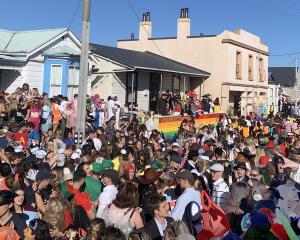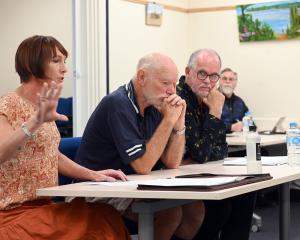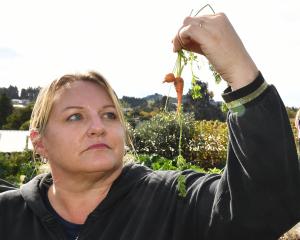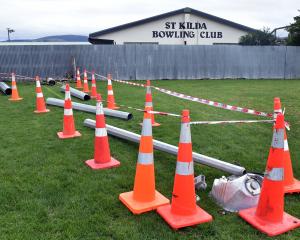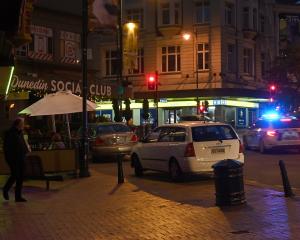The first boy racer car ordered to be destroyed under tough new laws escaped the crusher after a police blunder.
Karn Clarrie Forrest, of Milton, became the first person in the country to have his car ordered confiscated and crushed under new boy racer legislation.
Police have confirmed to the Otago Daily Times the car - a 1982 Toyota Corolla DX - was not crushed due to a ''deficiency in the police process''.
Mr Forrest was charged after police saw him doing two doughnuts on State Highway 1 near Milton on September 29, 2011.
His Toyota was impounded for 28 days, but before his court appearance he swapped the ownership of the vehicle with a van, and the plates with a stripped vehicle.
He received his third conviction for driving with sustained loss of traction on December 12, 2011.
Following that, the ODT took a photo of a stripped vehicle parked in Mr Forrest's driveway with the registration KS6755 - the registration of the vehicle ordered to be crushed.
While awaiting final orders for the car to be crushed, a Dunedin scrap metal dealer noted the chassis identification number did not match the seized vehicle.
In April 2012, police confirmed the car had been subject to a last-minute switch.
Mr Forrest could not be reached for comment, but when contacted about the matter in April 2012 told the ODT ''I don't really feel like talking to you''.
Police have confirmed Mr Forrest was able to change the ownership of the vehicle ''due to a deficiency in the police process in the early stages''.
Police acknowledged an officer failed to issue a notice prohibiting the sale or disposal of the vehicle when Mr Forrest was charged, or before his vehicle was released from the impound.
''At the time of these events, this legislation was relatively unused in Southern. Police staff are now aware of the need to issue such notices in similar circumstances,'' the spokeswoman said.
In April 2012, Inspector Greg Sparrow, of Dunedin, said charges were pending in relation to how the vehicle was dealt with. However, a police investigation had since established no offence had been committed.
''The court was unable to order that the vehicle be destroyed because Mr Forrest no longer owned it.''
Mr Forrest received 150 hours of community work and was disqualified from driving for 13 months.
Following his third conviction, then police minister Judith Collins told the ODT crushing the Toyota would ''send a very strong message to illegal street racers that police are serious about stopping their reckless and dangerous behaviour on our roads''.
Questions concerning the matter were referred to Police Minister Anne Tolley, who replied, ''Southern District Police are aware ... the process should have been handled differently''.
''I would expect that the same thing will not happen again.''
Boy racer offences had halved since the legislation was introduced so it was ''clearly having a very positive effect''.
''The goal is not to crush cars but to see less dangerous and antisocial behaviour, so that our roads are safer for everyone.''
Since the introduction of the legislation, illegal street racing offences had dropped 49.6% between 2009 and 2013, and 53.2% in the Southern district during the same period.
Three cars had been crushed during that time.
The law
The Sentencing (Vehicle Confiscation) Amendment Act
• Allows vehicles to be seized and destroyed as a new penalty for illegal street racing.
• Allows vehicles repeatedly used by people with overdue traffic fines to be seized and sold to pay those fines.
• Enables police and courts to target illegal street racers who commit offences in another person's vehicle.
The Land Transport (Enforcement Powers) Act
• Allows local authorities to create bylaws that prevent vehicles repeatedly cruising city streets.
• Allows compulsory impoundment of vehicles involved in illegal street racing.
• Introduces demerit points for noise offences, licence breaches and registration plate offences.
SOURCE: NEW ZEALAND POLICE




